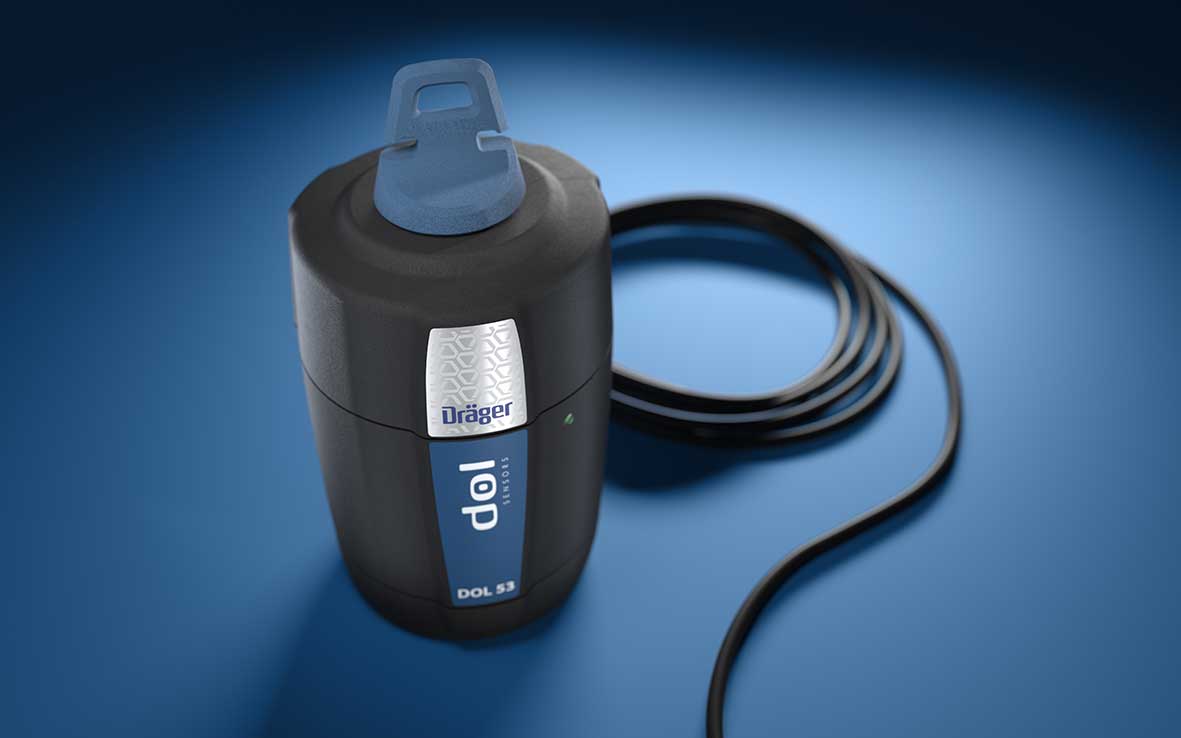NH3 Sensors for Improved Animal Production Efficiency
Ammonia (NH3) is a colorless gas with a pungent odor that can be harmful to both animals and humans. In animal production, ammonia emissions can cause respiratory problems, reduced growth rates, and decreased feed efficiency. Therefore, it is essential to monitor and control ammonia levels in animal facilities.
In poultry production the litter is a continous problem, when it comes to NH3 formation. The Poultry Site states in an article that: “growers often significantly reduce winter ventilation rates to conserve fuel and reduce heating costs, but that in turn often leads to wet litter and increased ammonia levels that threaten flock health.”
NH3 sensors are an effective tool to measure and monitor ammonia levels in animal production. These sensors can detect ammonia concentrations in the air and provide real-time data to farmers, allowing them to make informed decisions to improve animal welfare and production efficiency.
NH3 sensors can be integrated into existing ventilation systems, allowing farmers to automate the ventilation process and maintain optimal ammonia levels. This automation saves time and labor while ensuring a healthy and safe environment for animals.
Moreover, NH3 sensors can help farmers identify and diagnose ammonia-related health issues in animals before they become severe. Early detection of respiratory problems caused by high ammonia levels can reduce treatment costs and improve animal welfare.
Thus, NH3 sensors play a vital role in animal production by providing real-time data and allowing farmers to automate ventilation systems to maintain optimal ammonia levels. Additionally, these sensors help farmers identify and diagnose ammonia-related health issues early on, reducing treatment costs and improving animal welfare. Furthermore, animals in a clean and healthy environment grow faster and require less medication.
The Importance of NH3 Sensors in Reducing Environmental Impact of Animal Production
Animal production is a significant contributor to environmental pollution, with ammonia emissions being a significant factor. Ammonia can react with other pollutants in the air to form harmful secondary pollutants, such as particulate matter and ozone. These pollutants can cause respiratory problems and other health issues in both humans and animals.
NH3 sensors are an essential tool in reducing the environmental impact of animal production. These sensors allow farmers to monitor and control ammonia levels in animal facilities, reducing emissions and their impact on the environment.
On the clean gas side of the air cleaners, DOL 51 Ammonia Sensor for Air Cleaning measures the remaining ammonia concentration after passage of the filters. This data is vital to document the cleanness of the exhaust air. Combined with data from DOL 53 Ammonia Sensor on the inlet side of the air cleaner, data from DOL 51 can be used to ensure that air cleaners run as efficiently as possible at the lowest possible cost of additives.

Downloads
Head Office
dol-sensors A/S
Agro Food Park 15
8200 Aarhus N